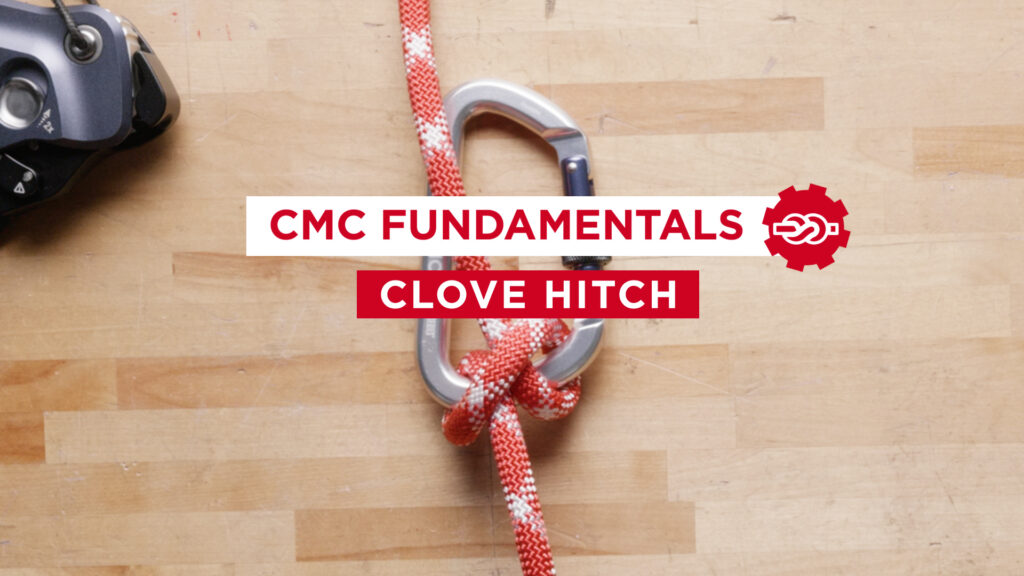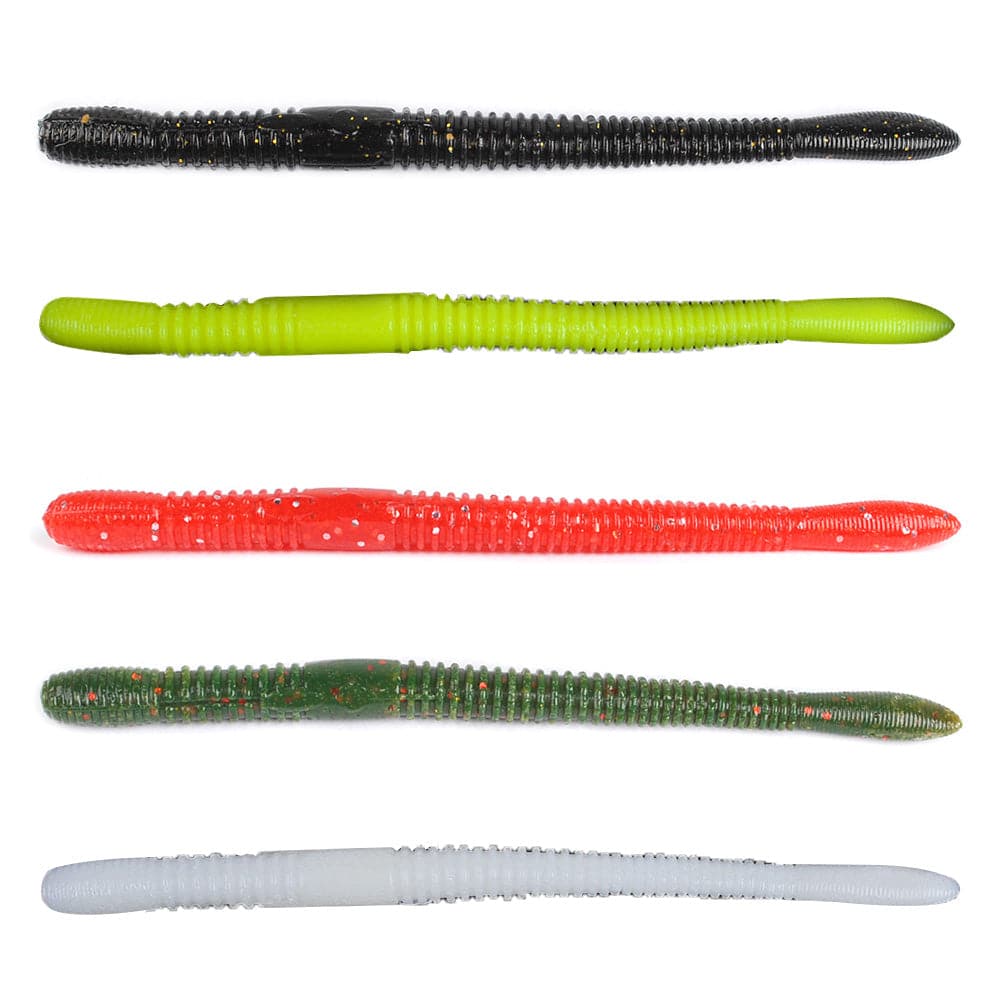Ropes and Knots (Fire Fighter I) - ppt download
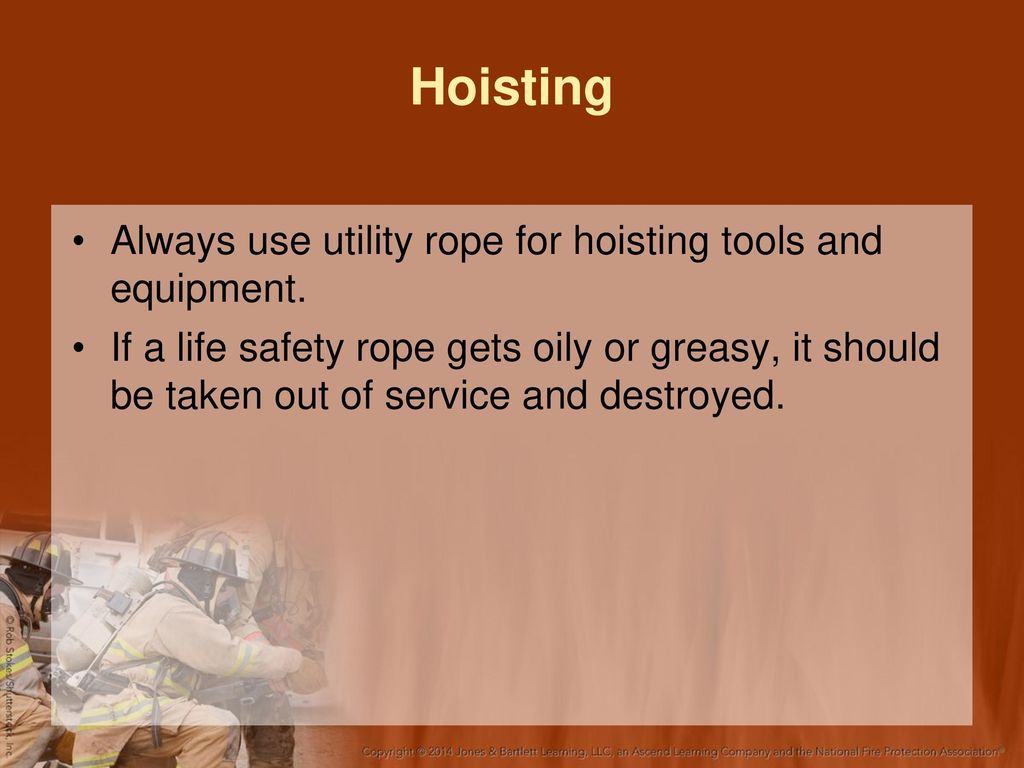
Fire Fighter I Objectives Describe the two primary types of fire service rope. List the two types of life safety rope. Describe the characteristics of a one- and two- person rope, personal escape rope, and utility ropes. 2
Ropes and Knots (Fire Fighter I)
CHAPTER 10. Ropes and Knots. (Fire Fighter I) 1.
Describe the two primary types of fire service rope. List the two types of life safety rope. Describe the characteristics of a one- and two- person rope, personal escape rope, and utility ropes. 2.
List the advantages and disadvantages of synthetic fiber ropes. List the types of synthetic fibers that are used in fire service rope. Describe how twisted, braided, and kernmantle ropes are constructed. Explain the differences between dynamic and static kernmantle rope. 3.
Explain how life safety ropes are rated per NFPA List the four components of the rope maintenance formula. Describe how to preserve rope strength and integrity. Describe how to clean and inspect a rope. 4.
Describe how to keep an accurate rope record. Describe how to store rope properly. List the terms used to describe the parts of a rope when tying knots. List the common types of knots that are used in the fire service. 5.
Describe the characteristics of a safety knot, hitch, half hitch, clove hitch, figure eight knot, figure eight bend, bowline knot, water knot, and bend. 6.
May be your only means for rescue. A fire fighter must be able to tie simple knots accurately and without hesitation. 7.
Used in most cases when it is not necessary to support a person. 8.
Must be used when supporting the weight of one or more persons. NFPA 1983 specifies design, construction, and performance criteria. 9.
One-person rope. Light duty life safety rope. Two-person rope. General duty life safety rope. 10.
Designed for the weight of one person. Should be replaced after one use. Use the rope only as a last resort. 11.
Used for hoisting, lowering, and securing equipment. Requires regular inspection. 12.
Earliest ropes were made from natural vines woven together. Now ropes are made of synthetic material. 13.
Current use for utility, not life safety tasks. 14.
Synthetic fibers have been used for ropes ever since. 15.
The best choice depends on specific application. 18.
Also called laid ropes. Individual fibers twisted into strands. Strands are twisted to make the rope. Both natural and synthetic fibers can be twisted. 19.
Strands woven like hair braiding. Exposes all of the strands to abrasion. Fibers stretch. Double-braiding. 20.
Kern is the center core and provides 70% of rope’s strength. Mantle is the sheath- like braided covering that protects kern from dirt and abrasion. 21.
Kern and mantle are synthetic. Provides a very strong and flexible rope that is thin and lightweight. Well suited for rescue work. 22.
Designed to be elastic. Usually used by mountain climbers. Static. Will not stretch under load. More suitable for rescue situations. 23.
Constructed with overlapping or woven fibers. When loaded, the fibers pull tighter. Static. Constructed with fibers parallel to each other. Little elasticity and limited elongation. 24.
Minimum breaking strength based on loading of 135-kg person. Safety factor allows for knots, twists, abrasions, and other causes. Also considers shock loading. 25.
Four parts to maintenance: Care. Clean. Inspect. Store. 26.
Do not use bleach. Follow manufacturer’s recommendations. Do not pack or store wet or damp rope. Courtesy of Captain David Jackson, Saginaw Township Fire Department. 28.
Look for cuts and damage as you run it through your fingers. 29.
A record must be kept for each piece of life safety rope. 30.
Use a separate apparatus compartment. 31.
Rope bags may be used or rope may be coiled. If shock loaded, inspect and consider removing from service. 32.
Fire fighters must know how and when to use knots. Knots are used for multiple purposes. Knots reduce rope load-carrying capability. 33.
Used in lifting or hoisting. Standing part. Between the working and the running end. 34.
Makes a circle in the rope. Round turn. Makes a loop with parallel ends. 35.
Safety knot (overhand knot) Half hitch. Clove hitch. Figure eight. Figure eight on a bight. Figure eight with a follow-through. Figure eight bend. Bowline. Bend (sheet or Becket bend) 36.
To test, try sliding it on the standing part of the rope. A knot that is tied correctly will slide. 37.
Used to secure working end to a solid object or to tie a rope to an object before hoisting it. 38.
Used only in conjunction with other knots. Long objects may need several half hitches. Clove hitch. Used to attach rope to a round object. Will hold if tension is applied. 39.
May be used for hoisting tools, securing a person, or identifying the end of a stored rope. Will not slip easily but are easy to untie. 40.
Used to produce a family of other knots. Seldom used alone. Figure eight on a bight. Secures loop at the working end. Can be used to attach rope to fixed object or a piece of equipment. 41.
Useful for attaching a rope to a fixed ring or a solid object with an eye Figure eight bend. Used to join two ropes together. Bowline. Used to secure a rope to an object or anchor point. 42.
The sheet bend or Becket bend can be used to join two ropes of unequal size. The water knot or ring bend is used to join webbing of the same or different sizes together. 43.
Your department may require a specific method. You should be able to tie knots while wearing gloves, in the dark, and behind your back. 44.
Always secure loose ends. Knot-tying should be practiced. 45.
Coworkers must be able to quickly remove the object. When lowering, be sure no one is under the object. 46.
A pike pole should be hoisted in a vertical position with the head at the top. A ladder should be hoisted in a vertical position. 47.
Water adds considerable weight. Fold the hose back on itself and place the nozzle on top of the hose. 48.
A figure eight closes the loop. Practice hoisting the actual tools and equipment used in your department. 49.
If a life safety rope gets oily or greasy, it should be taken out of service and destroyed. 50.
Life safety. Utility. Life safety ropes are rated for one or two persons. A personal escape route is designed to be used once by one fire fighter. 51.
Three common rope construction: Twisted rope. Braided rope. Kernmantle rope. All ropes need proper care to perform in an optimal manner. 52.
There are five questions to ask when inspecting a safety rope. A rope record for a life safety rope includes many important details. Ropes should be protected. 53.
It is important to learn the terms used to refer to parts of a rope. A fire fighter should know the nine ways to tie a knot. 54.

UNIT 10 ROPES AND LINES.pptx

FIRE SERVICE Ropes & Knots IFSTA Ch ppt video online download

PPT - Ropes and Knots PowerPoint Presentation, free download - ID:2775467

PPT - EAST COUNTY FIRE & RESCUE PowerPoint Presentation, free download - ID:1454442
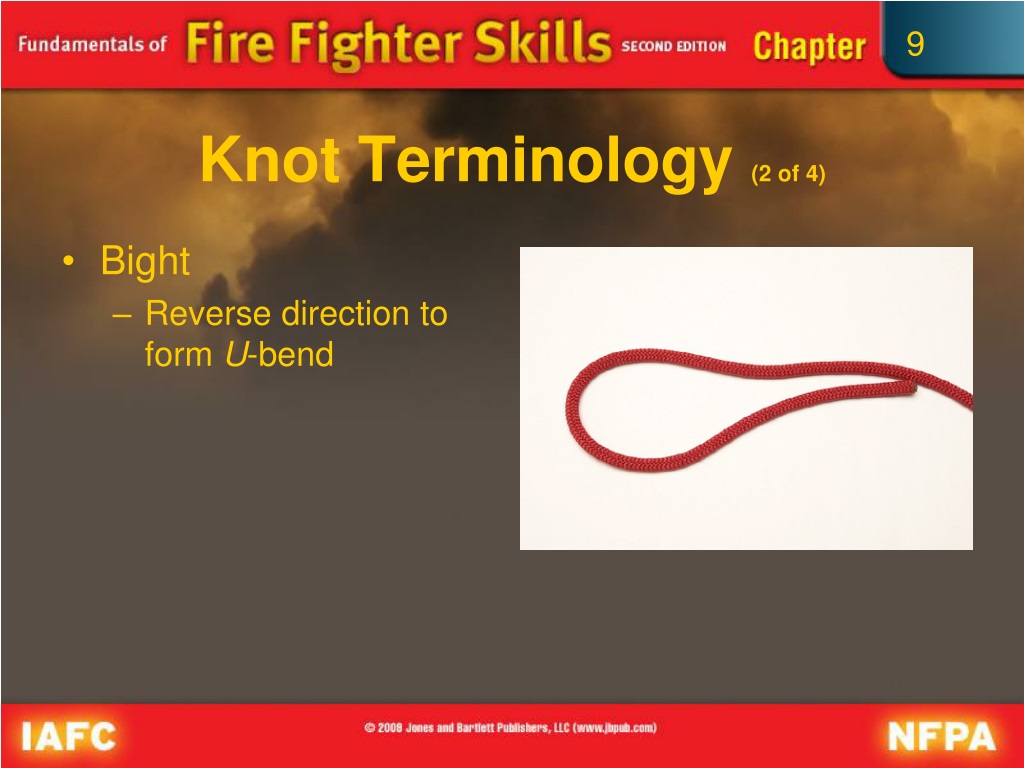
PPT - Ropes and Knots PowerPoint Presentation, free download - ID:9706434

9 Ropes and Knots. - ppt download

Ropes and Knots (Fire Fighter I) - ppt download

ROPES AND KNOTS FOR FIRE AND RESCUE
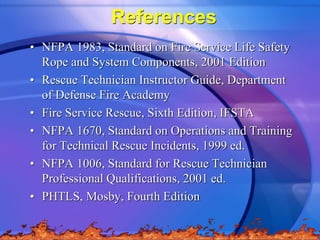
Rope_PP.ppt

FIRE SERVICE Ropes & Knots IFSTA Ch ppt video online download

Search & Rescue Knots Firefighter training, Survival knots, Search and rescue


